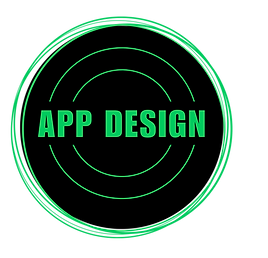Streamers Speak
A Spotify Feature Concept
Streamers Speak is a conceptual feature I designed to bring greater connection between music streamers and their audiences on Spotify. While Spotify excels at distribution and discovery, both listeners and creators expressed a desire for more personal, social, and interactive experiences.
Through user interviews, surveys, and competitive analysis, I identified key pain points: listeners felt the platform was solitary and lacked context behind playlists, while streamers wanted more tools to engage their audience beyond live platforms like Twitch or Discord.
The solution introduces new interaction models, including:
-
Audio annotations, short voice clips that let streamers share stories, commentary, or context behind a track
-
Listener reactions, lightweight engagement features that enable quick feedback without disrupting the listening flow
-
Curated story-driven playlists combining music with streamer insights to create richer, narrative-driven experiences
-
Community hubs, small, genre- or creator-specific spaces for deeper connections
Low-fidelity prototypes were tested with users, and results showed that audio annotations significantly increased emotional connection, while listeners valued the simple, low-barrier reactions. Streamers appreciated the potential of fan hubs but highlighted the importance of moderation and integration within the existing Spotify interface.
Impact
This project demonstrated how research-driven design can transform one-directional streaming into a more interactive, human-centered experience. Streamers Speak not only enhances Spotify’s value as a music discovery tool but also repositions it as a social platform for storytelling, connection, and community.
Click below to read my artist statement!
Click below to take a deep dive into my processes for my research and app design.
Final Product:
An ad outlining the core problem, highlighting user pain points, and demonstrating how the solution directly alleviates them.


Summary
Overall, this project gave me the opportunity to not only design a new feature, but to think critically about what it means to design within an already mature and highly recognizable product ecosystem. By walking through each component and dissecting Spotify’s interface at a granular level, I developed a much deeper appreciation for the logic behind their design system.
Every button, interaction, and user flow has been deliberately chosen to support both ease of use and brand consistency. Studying these decisions firsthand gave me the insight I needed to approach my own feature with the same level of intentionality.Instead of trying to reinvent the wheel,
I focused on identifying gaps where my feature could naturally extend the platform’s existing strengths. My process was about harmonizing with Spotify’s rhythm, observing how users already interact with the app, mapping out where their pain points occur, and designing an addition that could feel effortless, familiar, and trustworthy.
This project reinforced for me that UX design is as much about empathy and restraint as it is about creativity. It’s not always about pushing bold, disruptive changes, but rather about making enhancements that integrate so seamlessly that they feel like they’ve always been there.
In the end, the project helped me refine my ability to design features that balance innovation with familiarity. It pushed me to think about accessibility, inclusivity, and usability at every stage, and it taught me how even a single component can influence the larger ecosystem of an app. Most importantly, it showed me how design decisions, both small and large, shape not just how people use a product, but how they feel about it. My goal was to create something that improved the listening experience without compromising Spotify’s identity, and this project demonstrated how thoughtful, user-centered design can accomplish exactly that.


